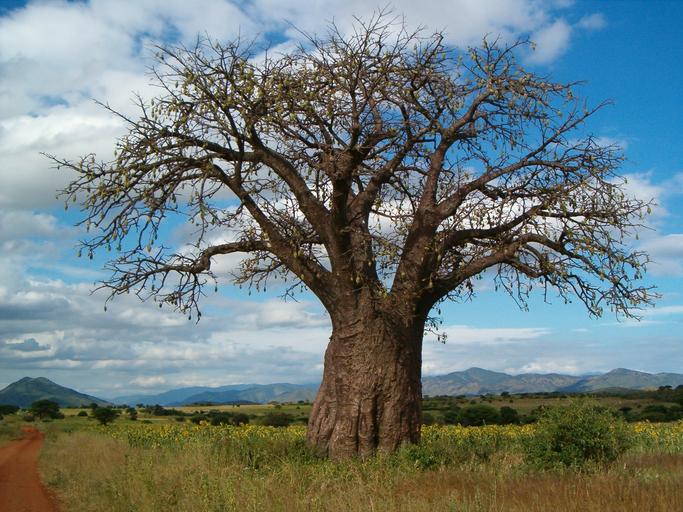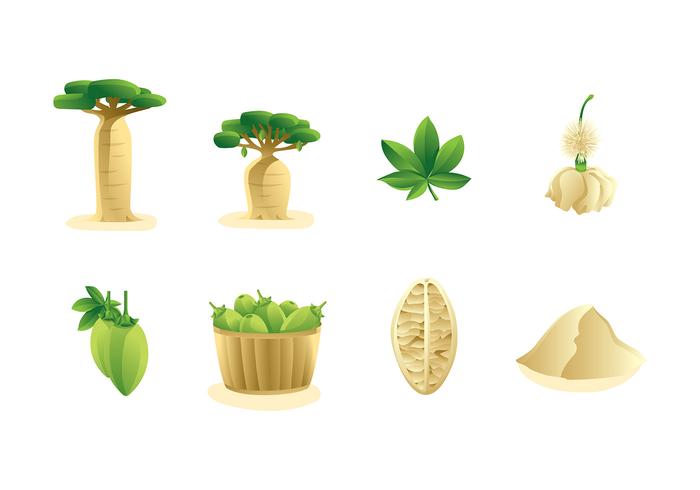Changes in Weather
The African baobab trees known to have a long life span and multiple beneficial uses; have been diminishing in numbers more recently from what scientists believe to be due to climate change. In a recent article by The World Economic Forum "nine of 13 Africa's oldest and largest baobab trees have died in the past decade." The oldest tree recorded through radiocarbon dating revealed that it could have been over 2,000 years old. This decline in tree numbers has a knock on effect for the ecosystem, the animal population and the local communities that rely on the usable properties of the trees.

Uses and Benefits

Baobab trees usability is diverse and valuable in lots of ways. Nutritionally, the fruit of the tree is rich in vitamin C, it's a good source of fiber and iron and other parts of the tree can be eaten.
Researchers have looked at the tree for its medical benefits that can help in some diseases. The fruit has attracted a lot of interest over the years as being a super fruit.
For the wildlife, they also eat from the trees, take shelter from the heat and for others they build their nests.
The change in weather is and has been a hot button issue, and the loss of the ancient baobab trees adds to the ongoing debate on climate change.
